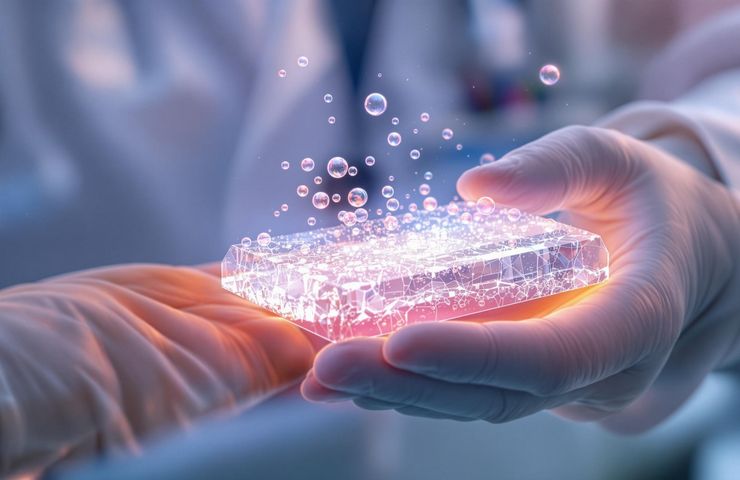
Hydrogel Electrochemical Cell Paves the Way for Targeted Hydrogen Therapy in Ischemia–Reperfusion Injury
August 18, 2025A Big Splash in Biomedical Hydrogen Therapy
There’s a buzz brewing in Tian Lab at the University of Chicago, and it’s all thanks to Bozhi Tian and co-authors Wen Li and Jing Zhang. They’ve cooked up a portable Hydrogel electrochemical cell that can whip up molecular hydrogen (H2) on demand—right at the injury site. It’s a real game-changer in Localized hydrogen therapy and could shake up how we approach Ischemia–reperfusion injury treatment. By handling Biomedical hydrogen generation where it matters most, you get targeted antioxidant power without the usual systemic side effects.
The Secret Sauce: Hydrogel Electrochemical Cell Design
What makes this gizmo tick? It’s all about a biocompatible polymer hydrogel that doubles as an electrochemical cell. Hook it up to a tiny power source, and water molecules in the gel take center stage in the Hydrogen Evolution Reaction (HER) at the cathode—boom, you’ve got H2 production, bubbles and all. The hydrogel’s special chemistry keeps those bubbles in check, stores hydrogen safely, and releases it steadily at the tissue–device interface. Precision therapy? Check.
Kicking Traditional Delivery to the Curb
Let’s be honest: pumping H2 gas or gulping down hydrogen-rich water is clunky. You treat the whole body and most of that gas goes poof. This setup kicks that inefficiency to the curb by generating and delivering hydrogen exactly where it’s needed—no detours. The payoff? You get a laser-focused antioxidant hit with fewer off-target effects.
Proof in the Lab: In Vitro, Ex Vivo, and In Vivo Success
Peer-reviewed data in Nature show this thing holds up from test tubes to live animals. In vitro experiments kept cardiomyocytes and keratinocytes from oxidative damage. Ex vivo heart tissues bounced back after I/R hits. And in vivo trials on mouse skin ulcers sped up healing like nobody’s business. The real kicker? It’s versatile enough that you can tweak it for all sorts of tissues and injuries.
Built for the Future: Collateral Impacts and Applications
This isn’t a one-hit wonder. By proving you can localize and sustain H2 delivery, the team has paved the way for next-gen Gasotransmitter delivery—think tailored nitric oxide or carbon monoxide release—plus advanced biosensing and drug-release gadgets. Anyone looking to push patient-specific treatments will want to take note.
The Real Kicker: Challenges Ahead
Of course, no breakthrough comes without its puzzles. We’re talking long-term biocompatibility checks, scaling up manufacturing, fitting into hospital workflows, and jumping through regulatory hoops. Luckily, the Tian Lab crew is already teaming up with translational researchers to tackle these head-on, making sure safety and efficacy aren’t just buzzwords.
Bottom Line: Precision, Personalization, and Promise
Bottom line? This portable Hydrogel electrochemical cell feels like a turning point for targeted antioxidant therapy. By blending materials science, electrochemistry, and medical engineering, Tian Lab has whipped up a precision tool that could transform treatments for heart attacks, strokes, chronic wounds, and a whole lot more. As we head toward personalized, localized care, this innovation shines as a beacon of hope for smarter, safer therapies.
source: nature.com



 With over 15 years of reporting hydrogen news, we are your premier source for the latest updates and insights in hydrogen and renewable energy.
With over 15 years of reporting hydrogen news, we are your premier source for the latest updates and insights in hydrogen and renewable energy.